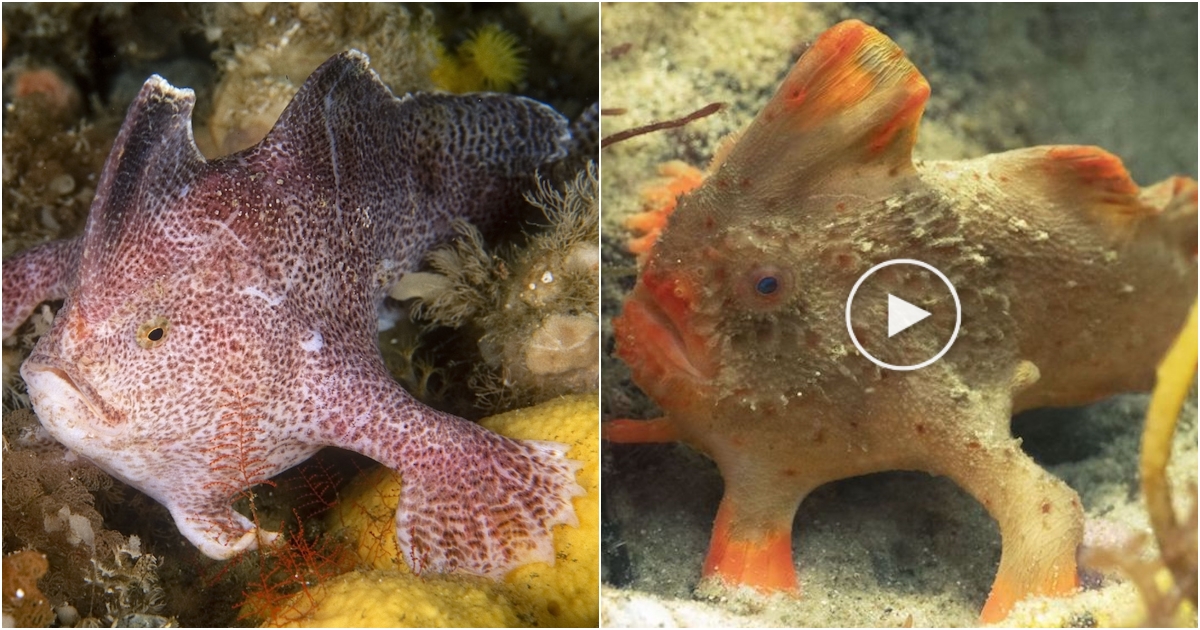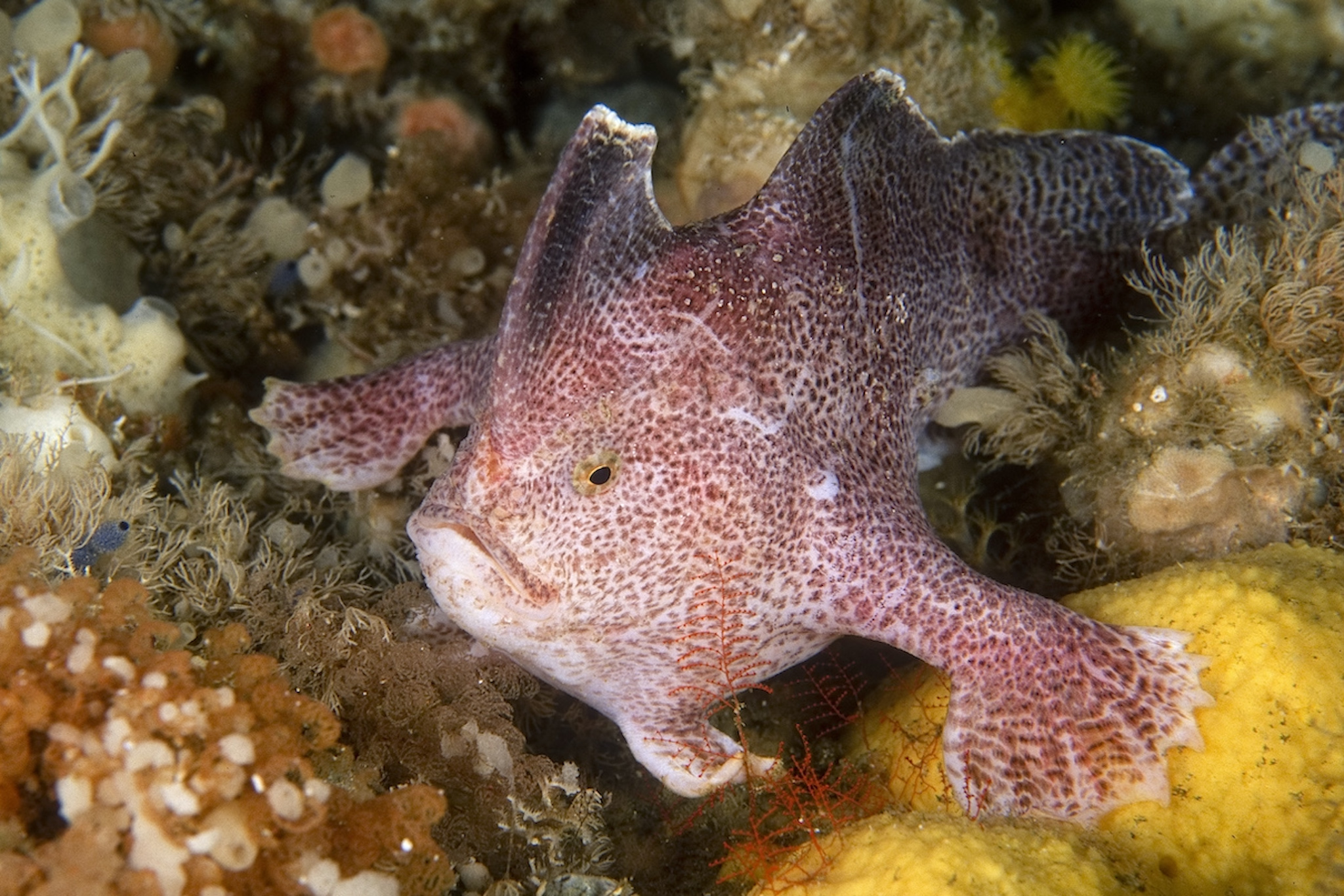First Modern Extinction of a Fish Species: The Smooth Handfish (Sympterichthys unipennis)

The recent confirmation by the International Union for Conservation of Nature (IUCN) has marked the extinction of the last remaining individuals of the Smooth Handfish (Sympterichthys unipennis). This represents the first recorded extinction of a fish species in modern times. The decline and ultimate extinction of the Smooth Handfish were attributed to habitat degradation, negative environmental changes, human activities, and pollution. Discovered in the southeastern waters of Tasmania between 1800 and 1804, the Smooth Handfish was one of the 14 handfish species that used pectoral fins to “walk” on the seabed, lacking swim bladders to control buoyancy. Since this species could only survive in its natural habitat and could not be bred in captivity, the image above remains the sole specimen we have of this species from the 1800 expedition.

 The extinction of the Smooth Handfish, the first fish species to disappear in modern times, highlights the pressing conservation challenges we face. Its loss can be attributed to habitat degradation, environmental changes, human activities, and pollution. This event serves as a stark reminder of the urgent need to protect and preserve the natural environment and biodiversity. By understanding the causes and consequences of this extinction, we are called upon to take collective action to safeguard our planet’s ecosystems and prevent further irreparable losses in the future.
The extinction of the Smooth Handfish, the first fish species to disappear in modern times, highlights the pressing conservation challenges we face. Its loss can be attributed to habitat degradation, environmental changes, human activities, and pollution. This event serves as a stark reminder of the urgent need to protect and preserve the natural environment and biodiversity. By understanding the causes and consequences of this extinction, we are called upon to take collective action to safeguard our planet’s ecosystems and prevent further irreparable losses in the future.




